Gutzerová N.: The Losiny Ostrov – A National Park within the Sight of the Kremlin
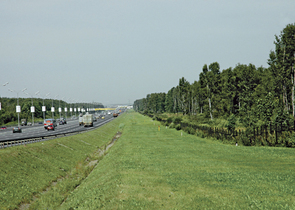
In Russia, National Parks (NPs) began to be established not before in the 1980s. The Losiny Ostrov (literally the Moose Island) situated on the Moscow’s north-eastern outskirt is the second oldest NP in the Russian Federation.
Nature Conservation 6/2012 — 17. 3. 2013 — International Nature Conservation — Print article in pdf
Pavel V.: Johann Gregor Mendel Czech Antarctic Station. In the Land of Stones and Cold Sun
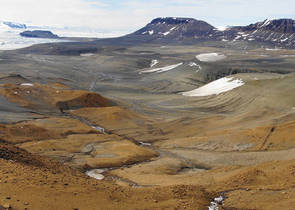
In 2006, building the first Czech scientific base in Antarctica was finished on the James Ross Island.
Nature Conservation 5/2012 — 27. 2. 2013 — International Nature Conservation — Print article in pdf
Plesník J. & Pelc F.: The Everglades National Park – Water Availability Has Been Crucial for its Fat
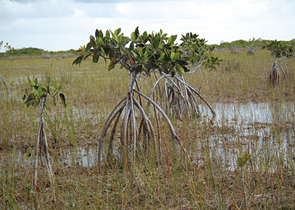
The Everglades National Park situated in southern Florida and covering 6,105 km2is the largest subtropical wilderness in the United States: it was declared in 1947. The protected area is a flat network of wetlands and forests fed by a river flowing only 400 m per day out of the Lake Okeechoobee, southwest into Florida Bay.
Nature Conservation 4/2012 — 9. 11. 2012 — International Nature Conservation — Print article in pdf
Pelc F. & Plesník J.: Nature Conservation Structure in the United States: Any Lessons Learnt for Eur
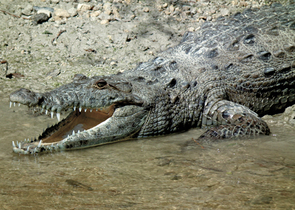
Since the late 1960s and early 1970s, the United States environmental protection efforts have been paying special attention to reducing environmental pollution affecting human health.
Nature Conservation 3/2012 — 17. 10. 2012 — International Nature Conservation — Print article in pdf
Krása A.: Nature Conservation in Indonesian Papua: the Mamberano River Basin
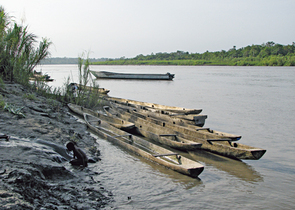
The article presents nature and threats to it in the Mamberamo region, located in the northern part of Indonesian Papua. The Mamberano River and its tributaries is a natural axis of the area covering the territory comparable with a half of the Czech Republi’s one.
Nature Conservation 3/2012 — 17. 10. 2012 — International Nature Conservation — Print article in pdf
Májsky J.: What is Wrong with National Parks in Southern Sri Lanka?
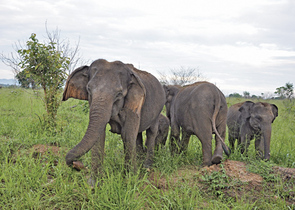
The Bundala, Uda Walawe and Yala National Parks (NPs) situated in southern Sri Lanka are covered mainly by partially deciduous monsoon forests, thornbush with grassland patches, at some sites also by wet monsoon forests. Diversified habitats harbour species-rich fauna there.
Nature Conservation 2/2012 — 23. 8. 2012 — International Nature Conservation — Print article in pdf
Farkač J.: Nature Conservation as Done in Cameroon or Tracing Gerald Durrell
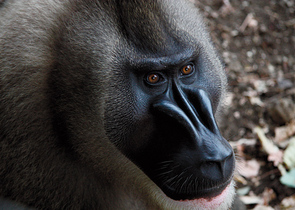
The author presents some issues in current nature conservation in Cameroon which is based particularly on protected areas.
Nature Conservation 1/2012 — 13. 6. 2012 — International Nature Conservation — Print article in pdf
Plesník J.: International Multilateral Agreements Twice on Pets
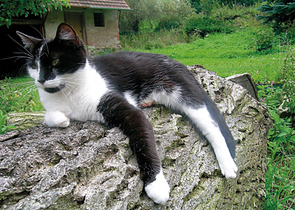
Invasive alien species have been considered a main direct driver of biodiversity decline after habitat fragmentation, degradation and loss.
Nature Conservation 1/2012 — 13. 6. 2012 — International Nature Conservation — Print article in pdf

